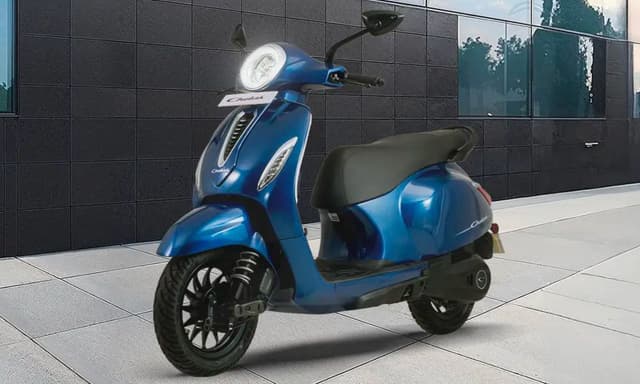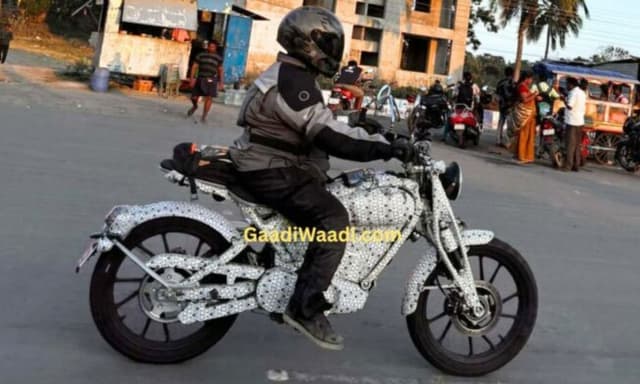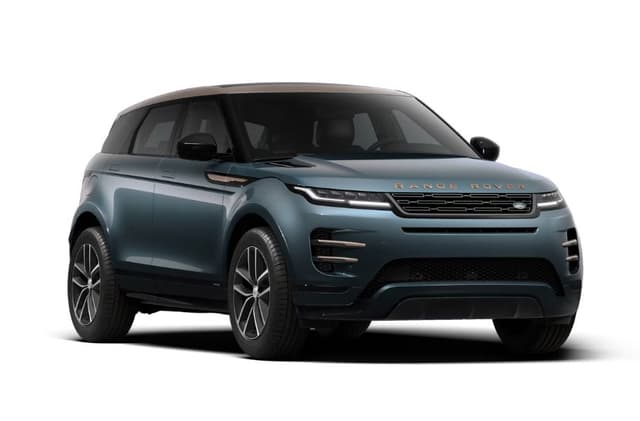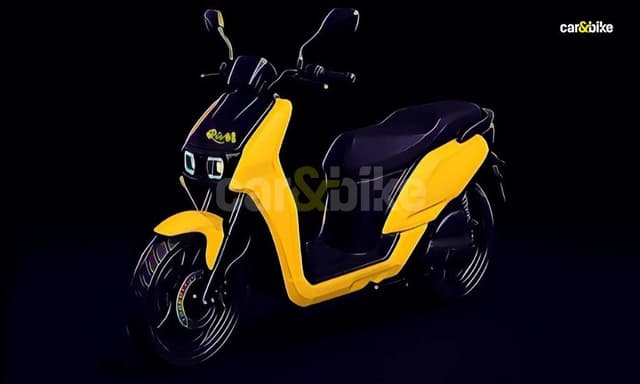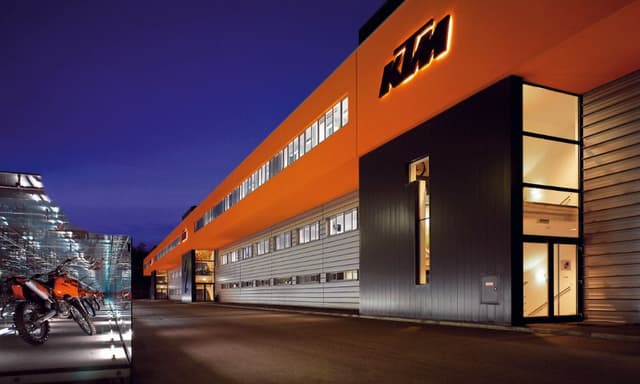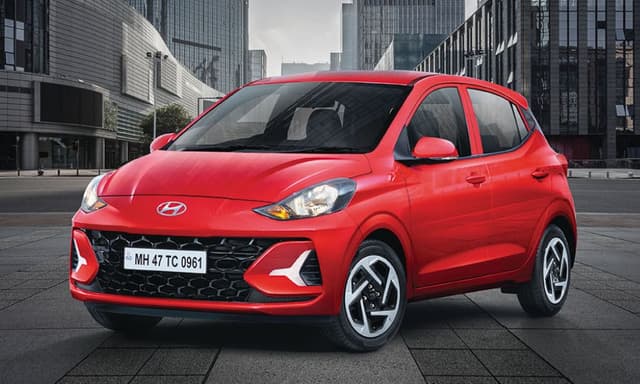Automated Buses Dodge Peacocks, Tourists & Plants In Singapore Test

Highlights
Roaming peacocks, meandering tourists and curbside bushes were all causing headaches this week for operators of one of the first autonomous bus shuttle services to hit public roads in Singapore. Passengers found themselves almost outnumbered by bus stewards checking their seatbelts were tightly fastened as ST Engineering began testing four vehicles in the coastal district of Sentosa. Singapore, ranked second behind the United States in its preparedness for wide-scale driverless transport in a recent KPMG report, plans to deploy autonomous buses in three districts of the island from 2022.
The latest trial, due to run until November 15, is being closely watched by tech firms and automakers around the world following a series of mishaps.
"Public safety is our top priority," Singapore's transport ministry said in a joint statement with ST Engineering.
Tan Nai Kwan, chief robotics engineer at ST Engineering's Land Systems arm, said the test was "nerve-wracking", but stressed the safety precautions taken.
Those included a human driver hovering over the self-rotating steering wheel, ready to snatch back control in an instant.
On the first day of the trial on Monday, roadside bushes lightly buffetted by the wind and wandering beachgoers were enough to trigger the bus' many sensors, bringing it to a juddering halt as it trundled along quiet roads.
Tan said the most "dangerous beasties" encountered so far were the roaming peacocks which fly unexpectedly into the road.
A similar test is underway on roads around a university campus in the center of the island. Tan said with advances in technology, the plan is for safety drivers to eventually retreat to remote control centres although he did not put a timeframe on that happening.
In 2016, a self-driving car being tested in the island state collided with a truck as it was changing lanes. The were no injuries but similar accidents in the U.S. have been fatal.
Still, the few intrepid tourists who managed to navigate the on-demand service on the trial's first day in Singapore did not seem fazed by their robotic navigator.
"It's pretty cool but at the same time it feels similar to a normal bus," said Stephen Byrne, a 20-year old student from Ireland. "I suppose that is a good thing, it's not too much of a shock. It's probably more safe than being in some human's hands."
Related Articles
Latest News
- Home
- News
- Technology
- Automated Buses Dodge Peacocks, Tourists & Plants In Singapore Test






